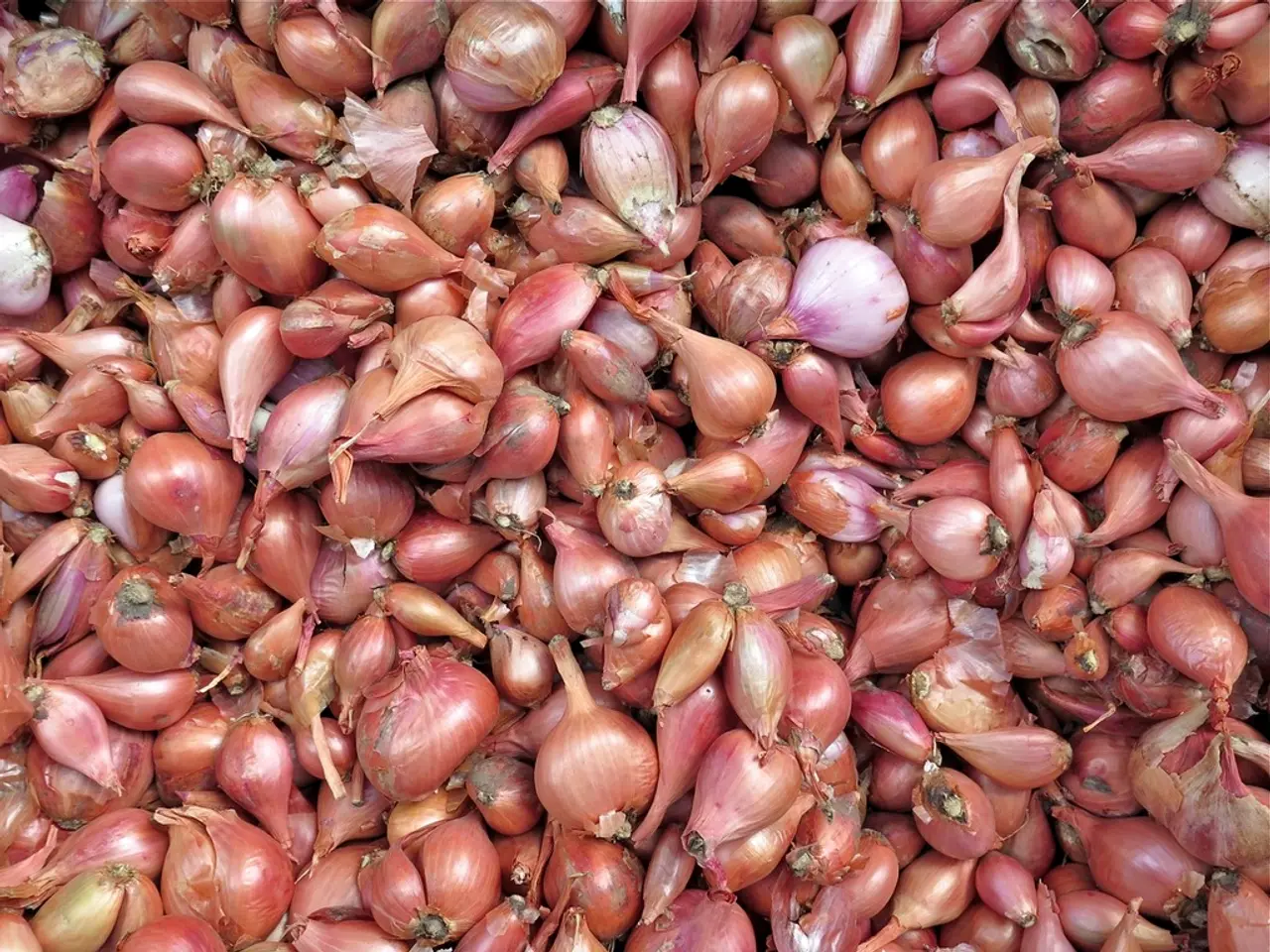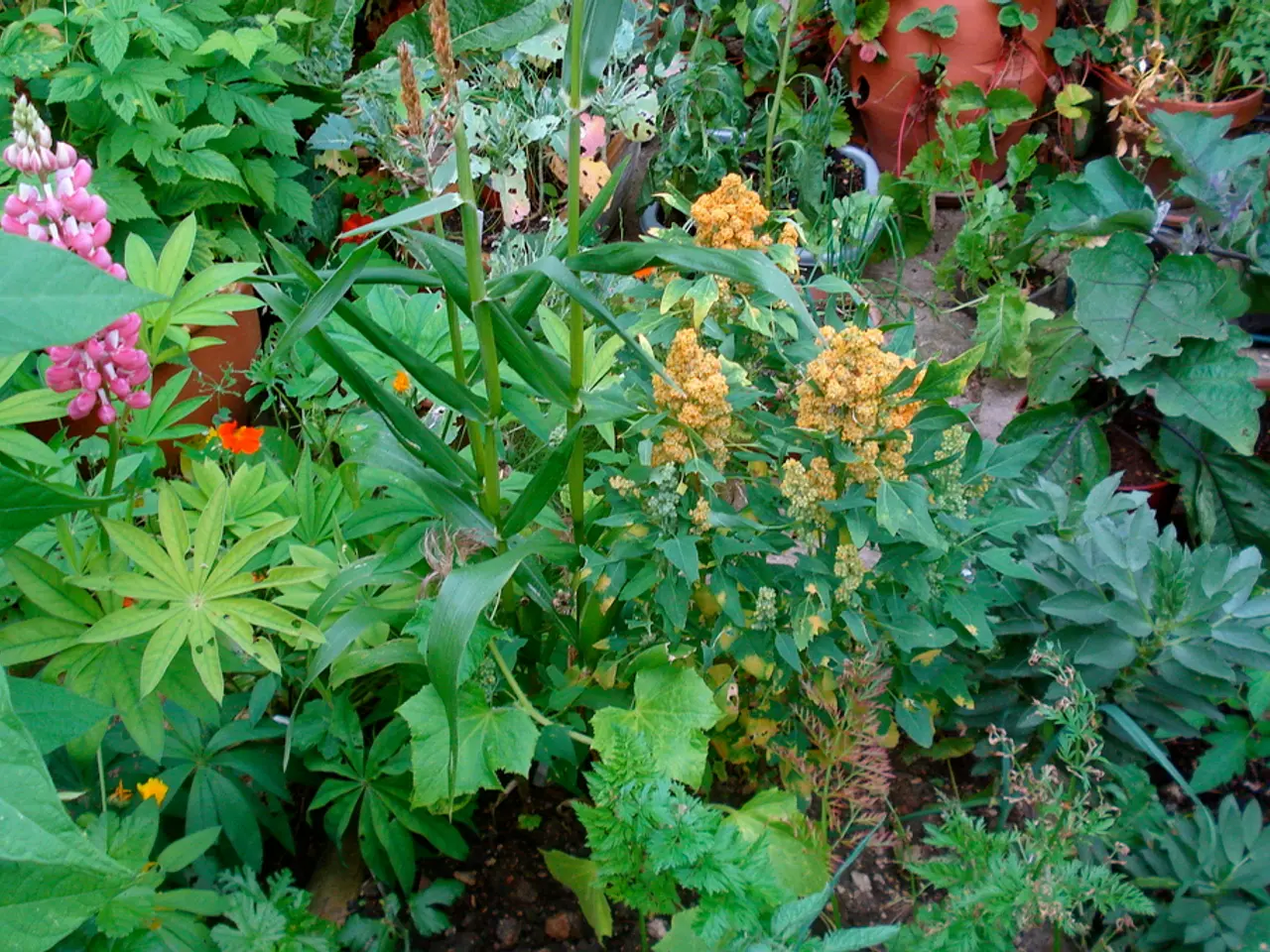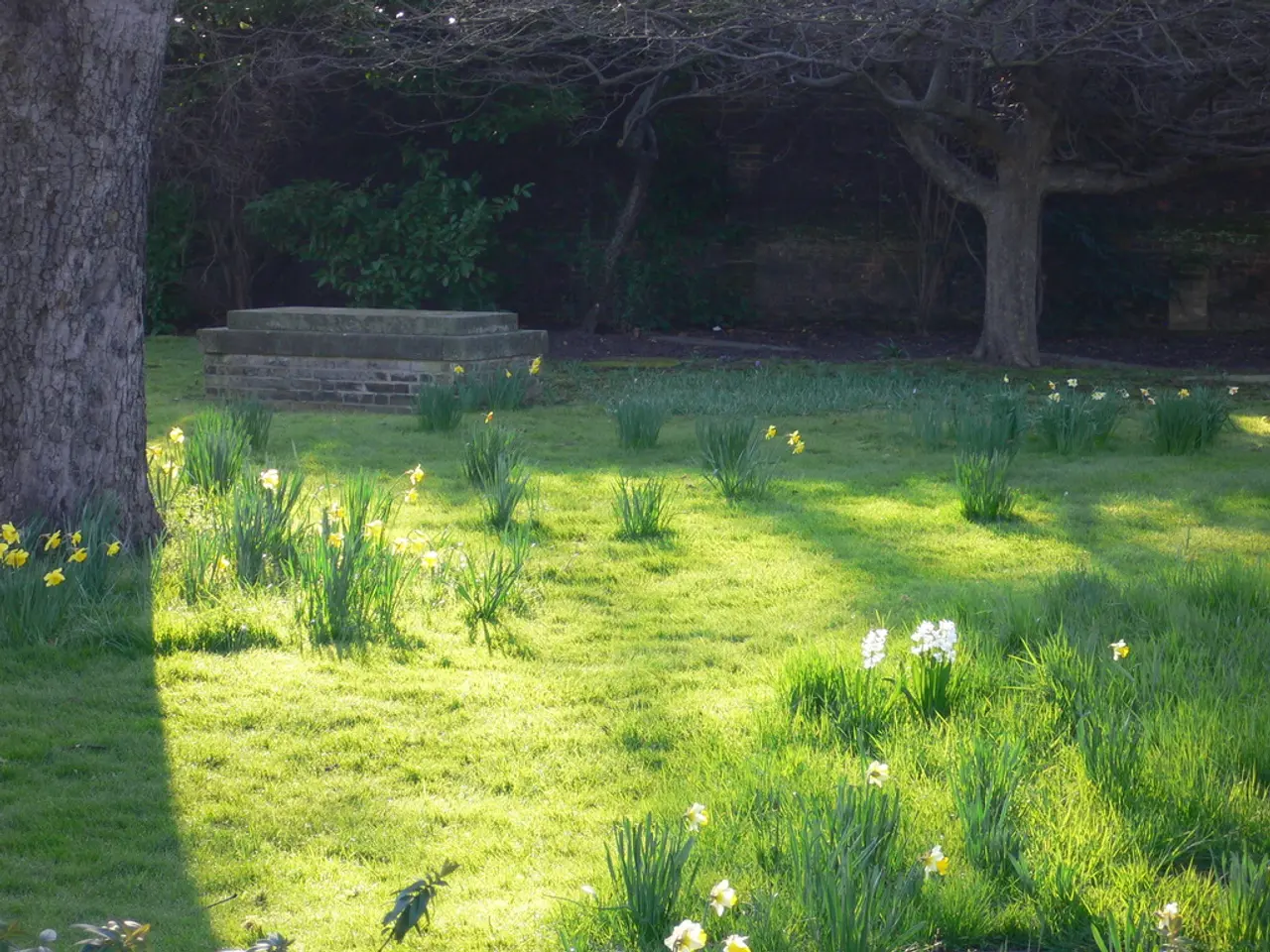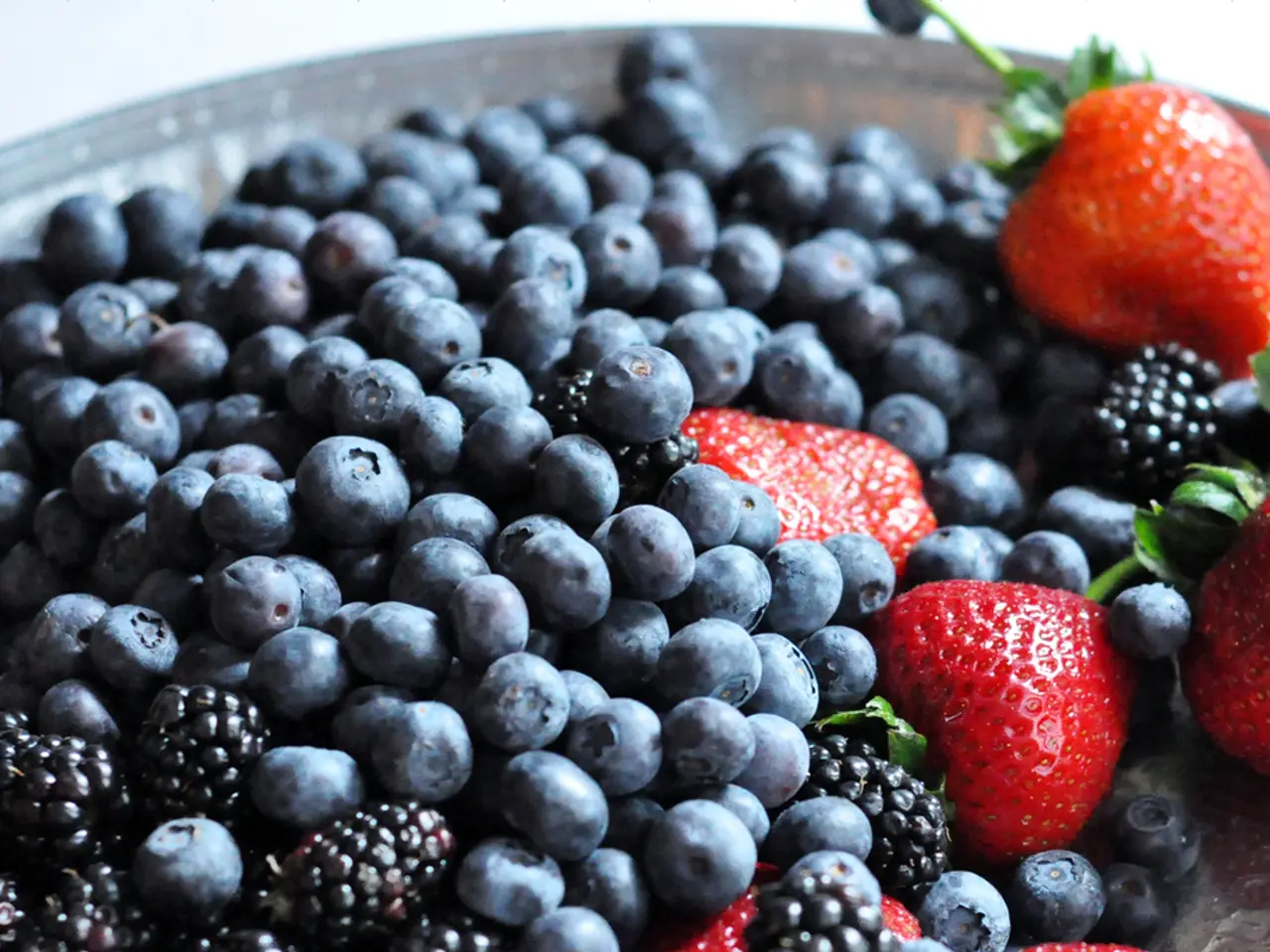Simple Guide on Kokedama Creation for Amateurs
In the realm of unique and captivating plant displays, Kokedama takes centre stage. This traditional Japanese art form involves creating a moss-covered soil ball around a plant's roots, offering a chance to connect with plants on a more intimate level and create living pieces of art that reflect personal style and creativity.
When selecting plants for Kokedama, it's essential to consider their light, watering, and soil requirements to ensure their health and longevity.
Light Requirements: Most Kokedama plants thrive in indirect light. Avoid placing them in direct sunlight, which can dry out the moss and damage the plant's leaves. Plants that prefer indirect or low light, such as Ficus Ginseng, Pachira, and green leafy plants, flourish in typical indoor lighting conditions. For plants requiring bright light, like succulents and cacti, choose species such as Mammillaria and Rebutia that do well in well-lit environments but need protection from excessive moisture to avoid rot. Some tropical plants like the Maranta (Prayer Plant) prefer moderate to low light and show leaf fading if light is insufficient, so placement in a brighter spot helps maintain leaf pattern vibrancy.
Water Requirements: Kokedamas require watering by immersion, but the frequency depends largely on the plant type and season. Succulents and cacti require less frequent watering and should be planted in a sandy substrate within the kokedama ball to prevent root rot from excessive moisture. Green plants like Ficus Ginseng or Pachira typically need watering about every five days in summer and once a week in winter. Overwatering can cause moss browning and root problems, so it is essential to allow the moss to dry slightly between soakings, especially for moisture-sensitive plants like Maranta.
By selecting plants that align with your available light conditions and adjusting watering frequency to the plant’s moisture tolerance, you can ensure your kokedama thrives beautifully.
Materials needed for making Kokedama include soil, peat moss, clay, twine, and a plant of choice. A step-by-step guide to making Kokedama includes creating a soil mixture, wrapping the plant's roots in moss, and shaping the moss-covered root ball with twine. Sphagnum moss is a popular choice for wrapping the root ball due to its ability to retain moisture and provide a lush green appearance.
Arranging multiple Kokedama together on a decorative tray or shallow dish can create an eye-catching centerpiece. Placing Kokedama on decorative stones or pebbles can enhance their natural aesthetic while providing drainage for excess water. Suspending Kokedama from the ceiling using twine or fishing line creates an enchanting floating garden effect.
Regularly misting the moss can help maintain humidity levels, especially during dry seasons or in air-conditioned spaces. Layering different types of moss around the soil ball for added texture and visual interest is an advanced technique. Caring for a Kokedama involves soaking it in water for 10-15 minutes when the moss feels dry, gently squeezing out excess water, and positioning it near windows where it can receive filtered sunlight.
Experimenting with different shapes and sizes of Kokedama can elevate this art form further. With the right selection of plants and careful attention to their care, you can create your own living, breathing, and beautiful Kokedama masterpieces.
**Summary Table:**
| Plant Type | Light Requirement | Watering Frequency & Notes | |---------------------|----------------------|------------------------------------------------| | Succulents & Cacti | Bright, indirect light| Less frequent; sandy substrate; avoid rot | | Ficus, Pachira, Green Plants | Indirect light | Water every 5 days (summer), once a week (winter) | | Maranta (Prayer Plant) | Moderate light; avoid direct sun | Allow drying between watering to prevent moss browning |
- The selection of plants for Kokedama should not overlook their light, watering, and soil requirements to maintain their health and longevity.
- For plants like succulents and cacti, which prefer bright, indirect light, species such as Mammillaria and Rebutia are suitable for well-lit environments yet need protection from excessive moisture.
- Watering Kokedamas by immersion necessitates adjusting the frequency according to plant type and season to prevent overwatering, moss browning, and root problems.
- In creating a Kokedama masterpiece at home, materials required include soil, peat moss, clay, twine, and a plant of choice, with Sphagnum moss often preferred for wrapping the root ball.








